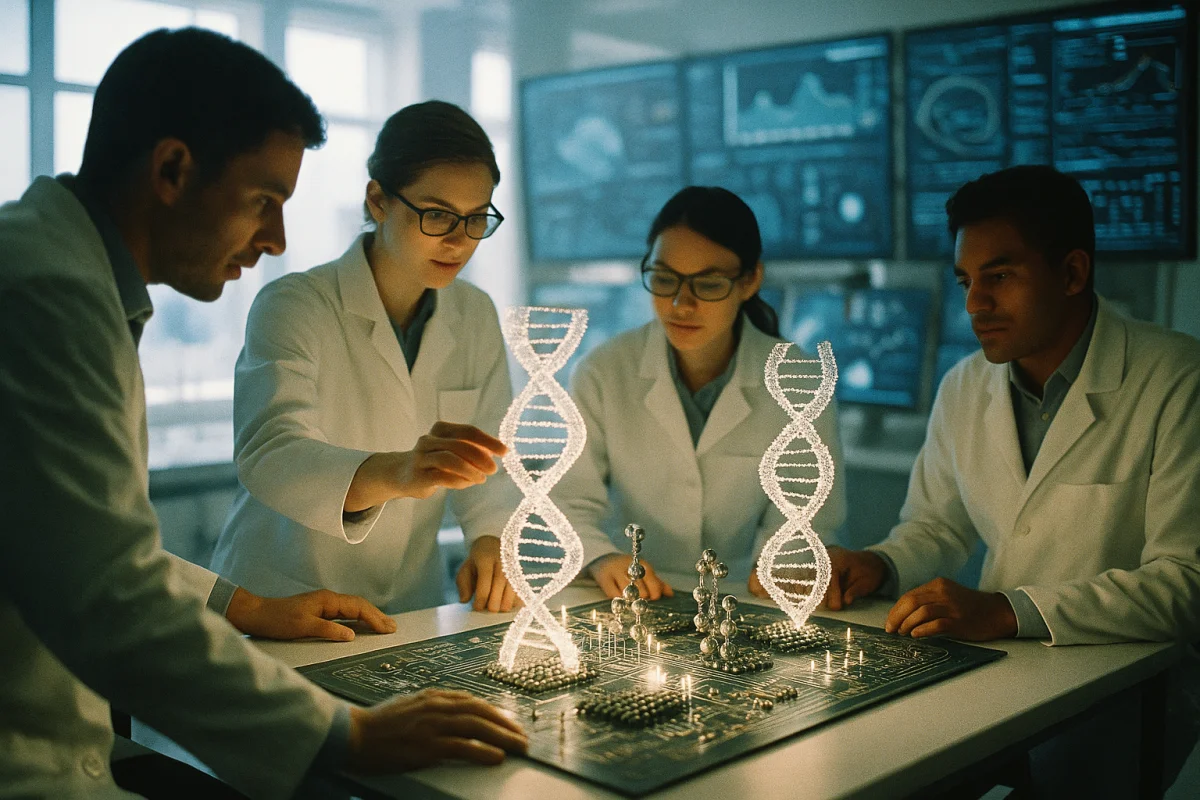DNA-Magnetic Computers — How Bioinformatics Is Transforming the Servers of the Future
Can you imagine a computer that operates not on microchips, but with DNA and magnetic molecules? Right now, Microsoft and ETH Zurich are running experiments that could one day shift digital information storage to the biological level. These new hybrid architectures promise ultra-scale data storage and analytics — in a device as compact as a tablet, yet as powerful as a data center.

🔬 What Is a DNA-Magnetic Computer?
This is a novel computational system where digital information is stored in DNA’s chemical code, while reading and manipulation are accomplished with magnetic nanomaterials. In recent experiments by Microsoft and ETH Zurich, data segments were encoded as DNA molecules and then selectively read or managed using precise magnetic signals.
🌱 Advantages Over Traditional Technologies
- Super-compact storage: Just one gram of DNA can hold a petabyte of data — that's millions of books or thousands of servers in a single point.
- Energy efficiency: Storing and retrieving data uses minimal power, vastly reducing energy costs.
- Stability & Durability: Genetic material preserves data for thousands of years without degradation, unlike magnetic disks.
🧠 Real Experiments & Trends
By 2025, Microsoft’s Project Silica team succeeded in encoding a full 10 megabytes onto DNA, while ETH Zurich has already demonstrated the world’s first magnetic-DNA computer. Collaborations with Google DeepMind and IBM are now developing autonomous bioinformatic memory systems, where searching for information mimics the way it’s processed in living organisms.
Conclusion
DNA-magnetic computers are reshaping the future of digital infrastructure — data storage, analytics, and archiving are shifting to the molecular level. This technology could become the new standard for bioinformatics and future servers — offering rapid, efficient, and practically eternal memory.
📌 What do you think — could you trust your data to a biological server, or do you still prefer the classic microchip? Share your thoughts in the comments!
📎 Sources:
Polytechnique Insights — The DNA Computer | Medium — DNA Supercomputer | Microsoft Research — DNA Data Storage Risks
✍ Article Author
- Registered: 27 April 2025, 10:30
- Location: Georgia




 Tornike
Tornike